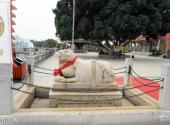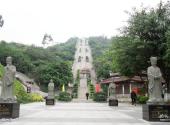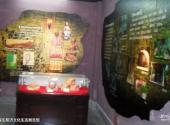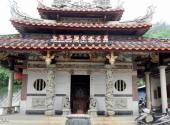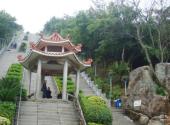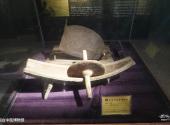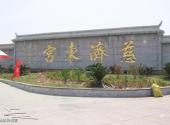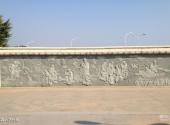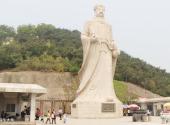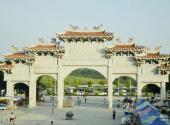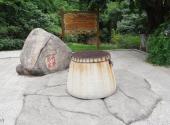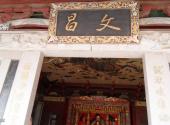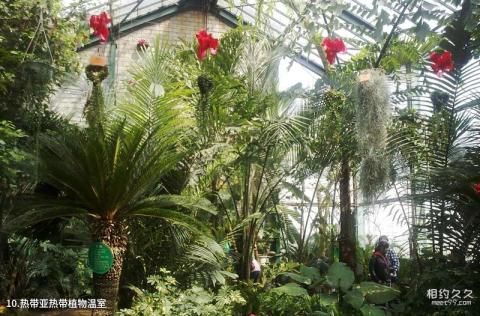
Scenic spot introduction:
Xiamen Haicang Qingjiao Tzu Chi Ancestral Palace is widely known as the "First Tzu Chi Palace in Fujian and Taiwan". It is Xiamen's largest place of folk belief and an important historical and cultural monument. Qingjiao Ciji Palace, also known as the East Palace, was built in the 21st year of Shaoxing (1151) in the Southern Song Dynasty to commemorate the Baosheng Emperor Wu Kui. It is surrounded by vast territory and beautiful scenery. The buildings in the temple have staggered cornices and retain a large number of exquisite works of art with fine carvings and splendid splendor. The remaining historical relics are also important documents for studying the evolution of the palace and temple through the ages. The "Haicang Baosheng Tzu Chi Cultural Festival" held every year deeply explores the connotation of Haicang Baosheng Emperor's faith and deepens cultural, economic and trade exchanges with Taiwan and all walks of life. The Cross-Strait Baosheng Tzu Chi Cultural Festival has become a common festival for Baosheng Emperor believers on both sides of the Taiwan Strait. A solid platform for cross-strait folk cultural exchanges.Attractions distribution:
Qingjiao Tzu Chi Ancestral Palace is located on Ma Qing Road, Haicang District, facing east and west. It is a masonry and wood structure with double eaves on the top of the mountain. It has a construction area of 1,305 square meters and has a main mountain gate, Songdian Square, and a Chinese Medicine Corridor. , Baicao Garden, exhibition center, floating restaurant and other supporting facilities. The central axis gradually increases in height from east to west. The front hall is composed of eaves, foyer and bell and drum towers; the middle hall is the main hall, which houses the statue of Wu Zhenren, and there is a worship pavilion in front of the hall; the back hall houses Buddhist and Taoist gods; the third hall consists of two The side corridors are connected to the veranda. The palace also preserves a large number of precious stone carvings, wood carvings, and painted artworks, and steles have been renovated in all directions; on Qishan Mountain behind the palace, there are also cultural relics that Wu Kui used to collect medicinal herbs - Danjing, Danzao and stone mortar, as well as parasol trees. , "heart" stone and other landscapes.Scenic spot qualifications:
National 4A-level scenic spot, national intangible cultural heritageScenic spot features:
Sightseeing, worship, history and culture, religion, architectureScenic spot map:
Tour route:
1. Main mountain gate -> Wu Zhenren's picture of helping the world -> Qingjiao Tzu Chi Ancestral Palace -> Traditional Chinese Medicine Corridor -> Longqiu'an -> Statue of Emperor Baosheng -> Main mountain gate
2. Main mountain gate -> Traditional Chinese Medicine Corridor - >Longqiu'an->Statue of Emperor Baosheng->Qingjiao Tzu Chi Ancestral Palace->Picture of Wu Zhenren's Aid to the World->Main Mountain Gate
Best time to visit:
All seasons
Shopping recommendations:
Goat's feet, traditional sesame oil-pressed chicken, Weiyou duck noodles, etc.
Scenic spot map:
Scenic spot location:
China>Fujian Province>Xiamen City>Haicang District
How to get there:
Bus routes: No. 801, 831, 832, 853, and Jiaomei No. 709 are all directly accessible.
Self-driving route: Cross Haicang Bridge and turn onto Xianyue Road → Maqing Road.
Scenic area map:
Click to expand the scenic area map
Ticket prices for Qingjiao Tzu Chi Ancestral Palace:
free
Scenic area opening hours:
05:30-19:30

